- China's breakthrough in clean energy installation is conducive to achieving national carbon peak and carbon neutrality

As of the end of 2023, the total installed capacity of power supply in Qinghai Province was 54.9708 million kilowatts, including 3.9694 million kilowatts of thermal power, 13.0451 million kilowatts of hydropower, 25.6036 million kilowatts of solar energy, 11.8528 million kilowatts of wind power, and 51.0794 million kilowatts of clean energy, accounting for 93% of the total installed capacity. The newly installed clean energy capacity was 9.8088 million kilowatts that year, an increase of 23.77% compared to the end of 2022; The installed capacity of new energy is 37.4564 million kilowatts, accounting for 68% of the total installed capacity. For the first time, the power generation of new energy has surpassed that of hydropower and become the largest power source in the province.

Focusing on the clear goal of "building a national clean energy industry highland", Qinghai's new energy represented by wind power and photovoltaics has been continuously expanding from scratch, achieving a transformation from traditional "water fire mutual aid" to a "water fire wind power" multi energy complementary power structure. Overlooking today's Qinghai, the sky is bluer, the mountains are greener, and the water is clearer. The "green map" is quietly changing and expanding. On the road to achieving the "dual carbon" goal, Qinghai is moving forward on the "carbon" path.
Qinghai Province has achieved significant results in the development and utilization of clean energy. As one of China's important clean energy bases, Qinghai Province has abundant renewable energy resources such as solar and wind energy. This breakthrough in installed capacity will further promote the development of the local clean energy industry and contribute to the supply of clean energy nationwide and even globally.Editor/XingWentao
Comment
 Praise
Praise
 Collect
Collect
 Comment
Comment
 Search
Search


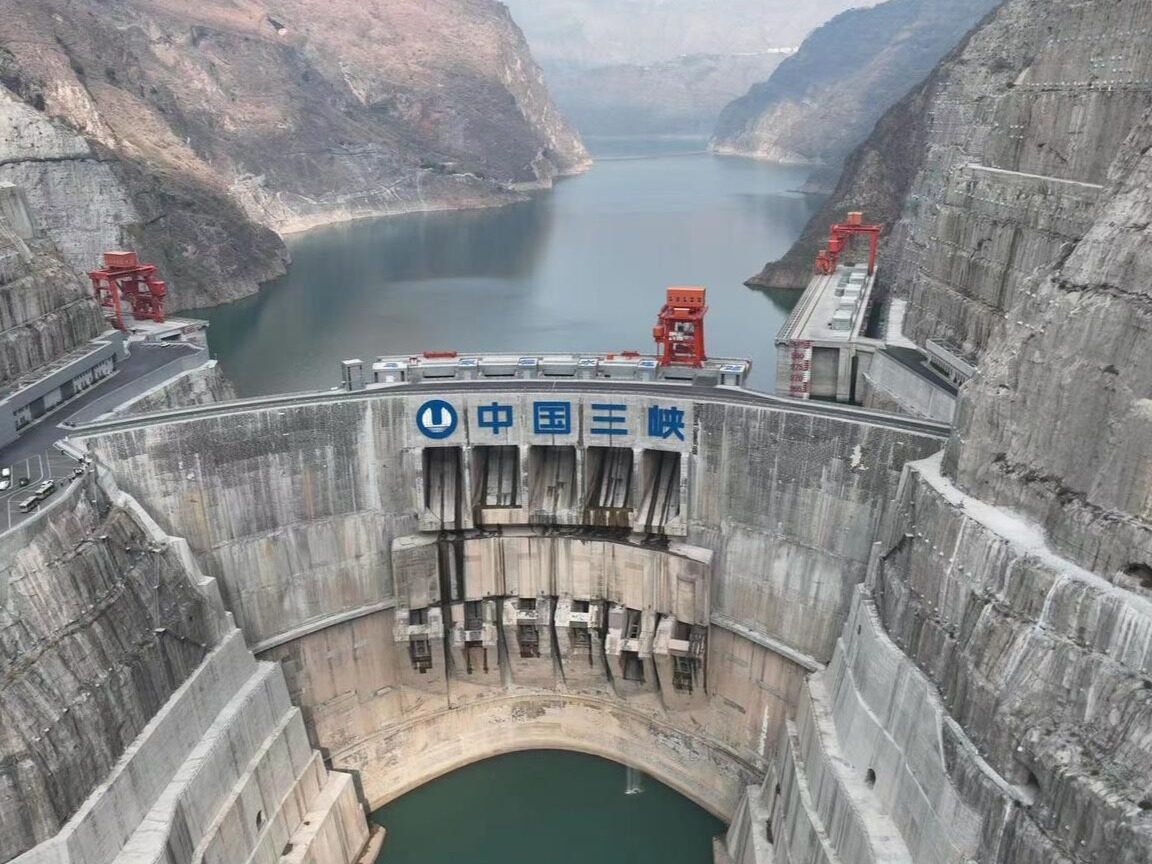

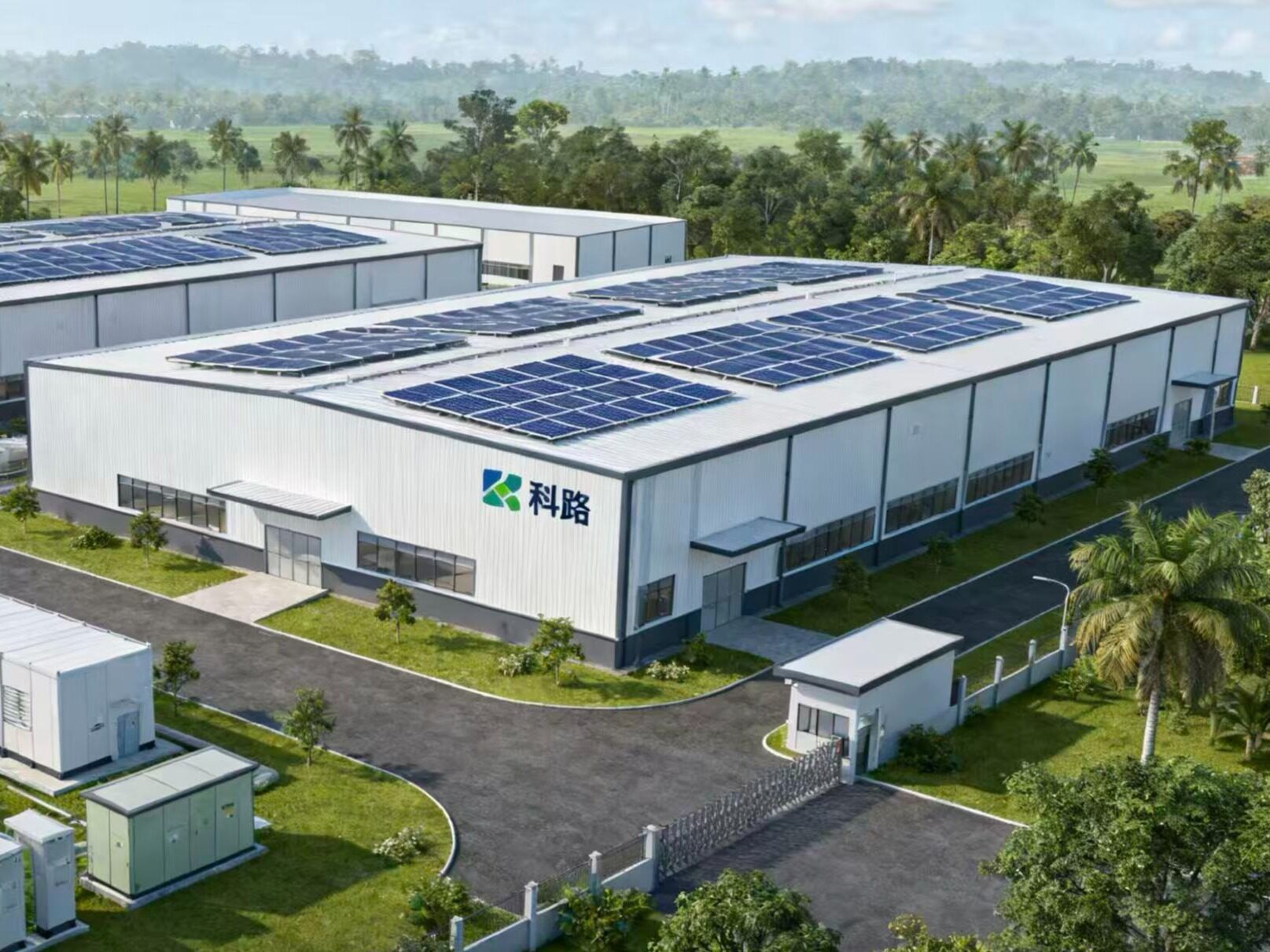
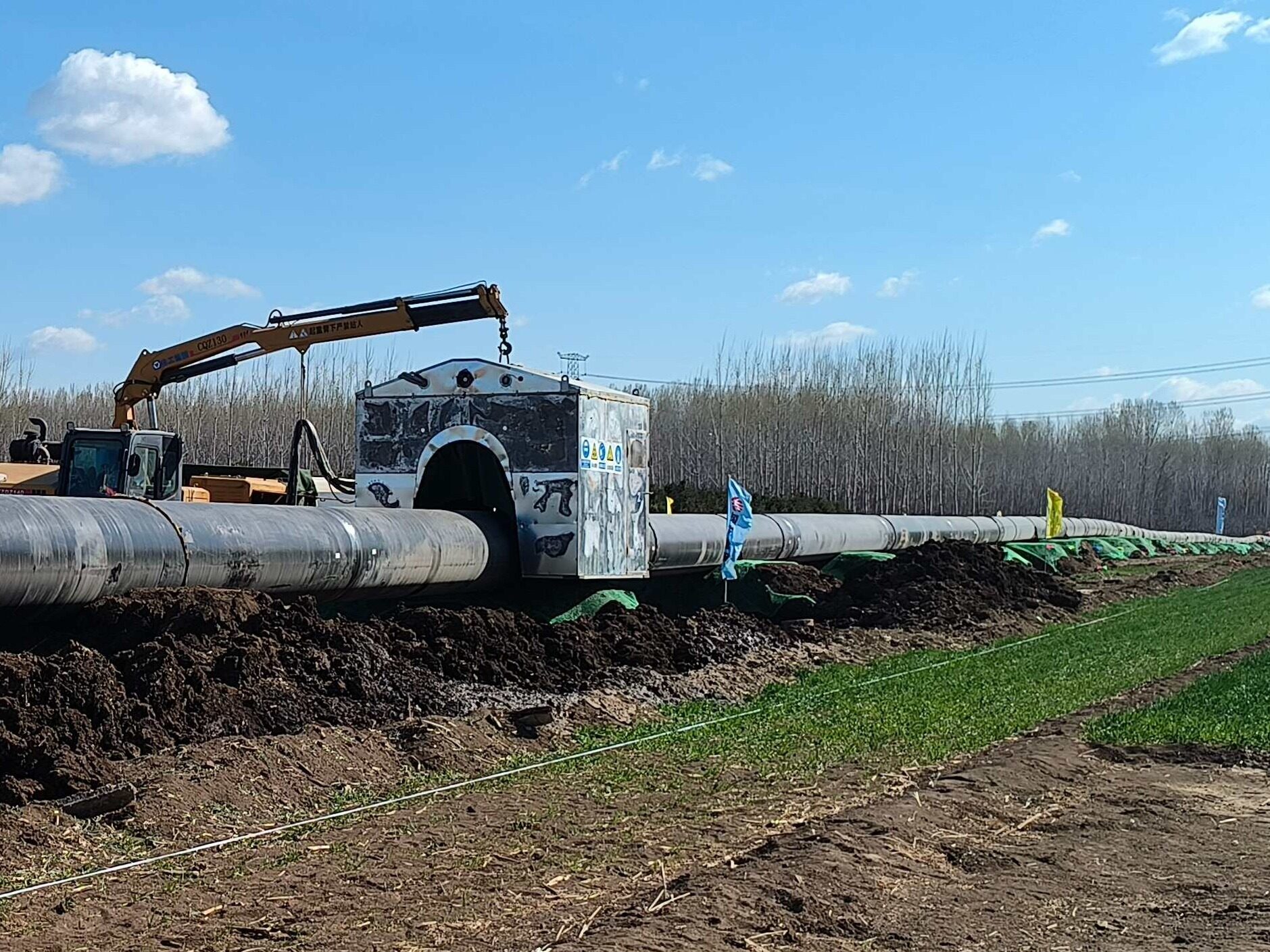
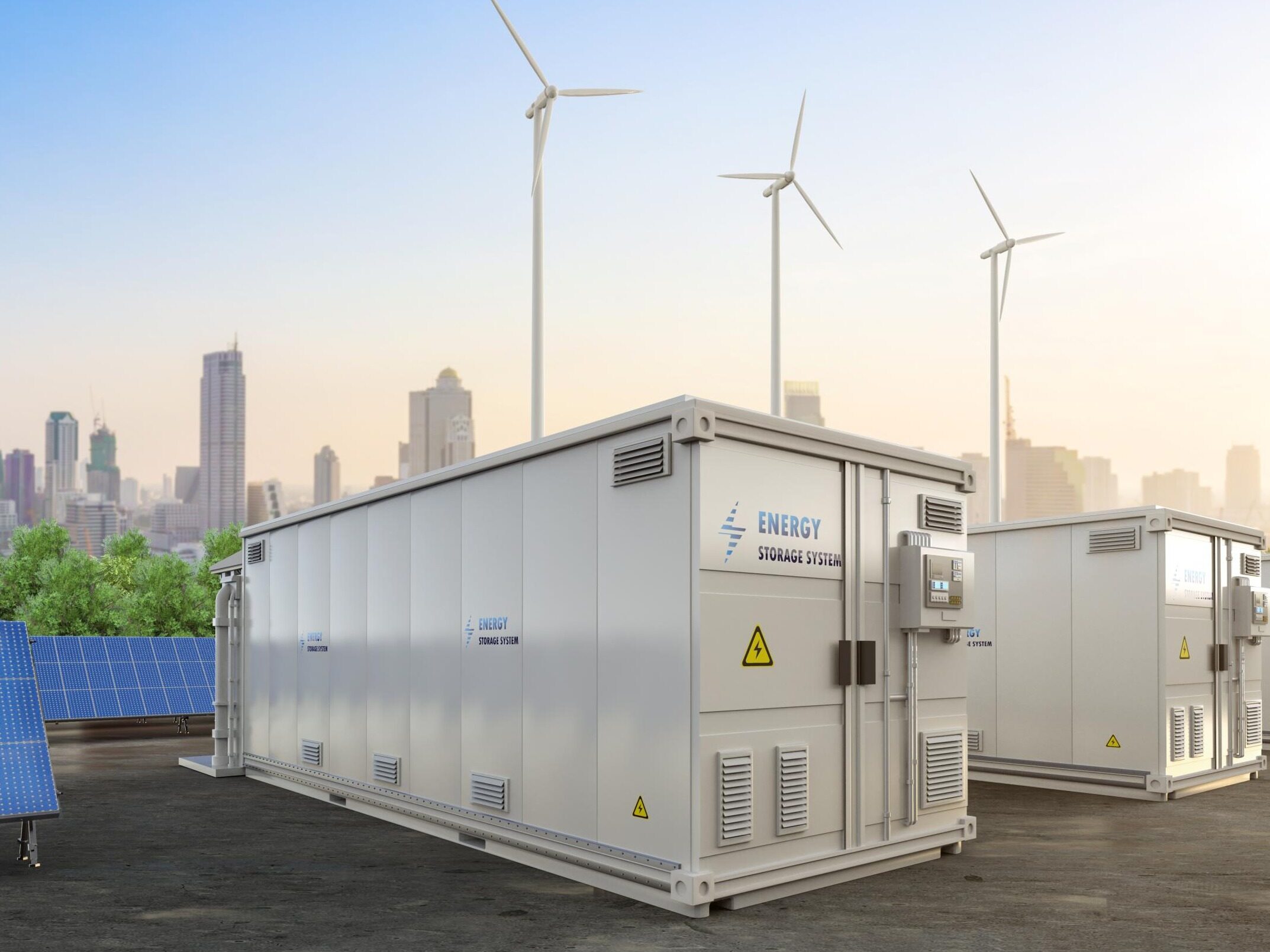
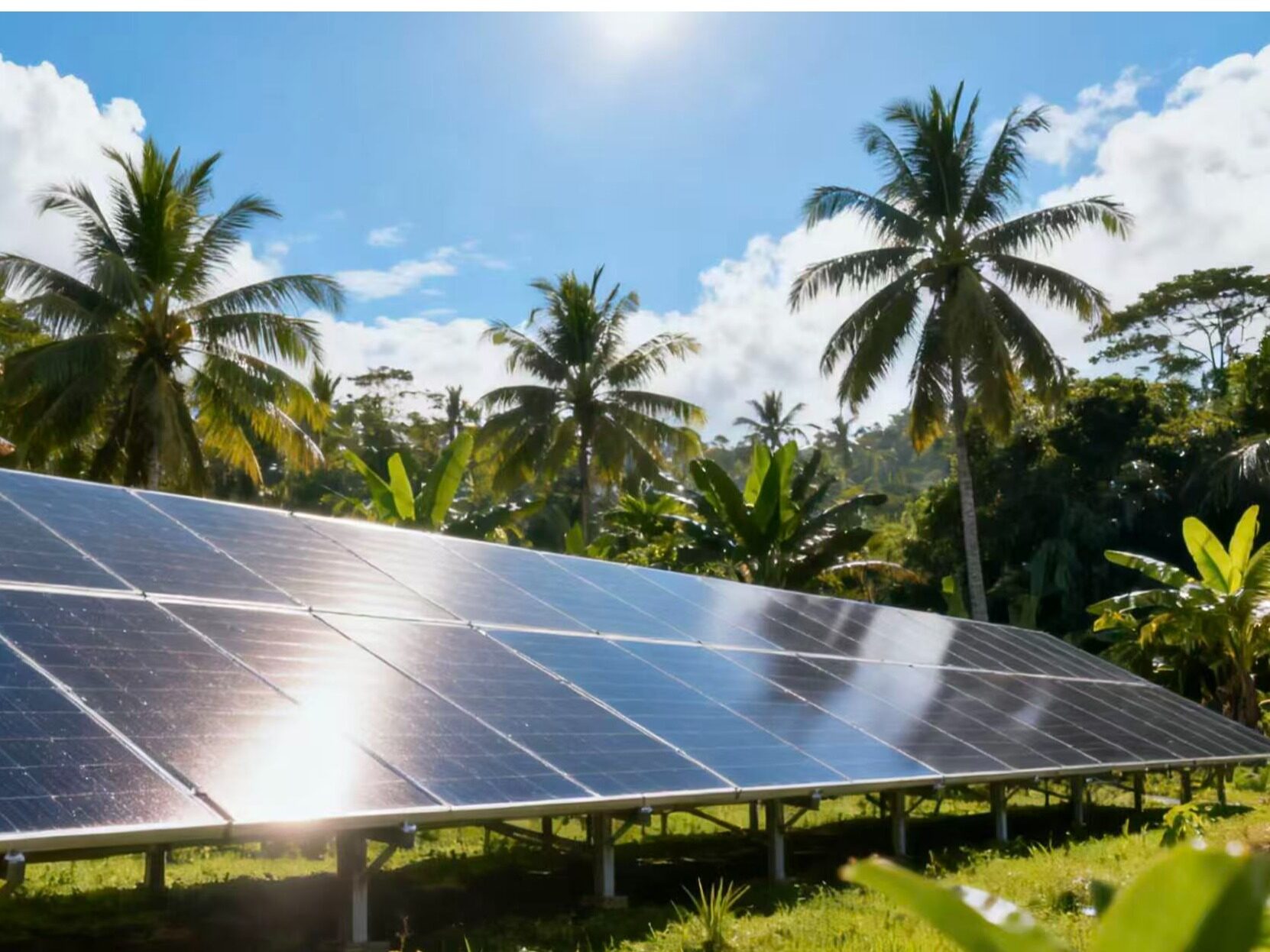






Write something~